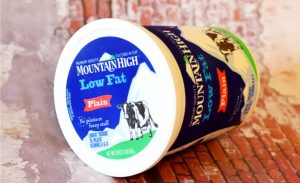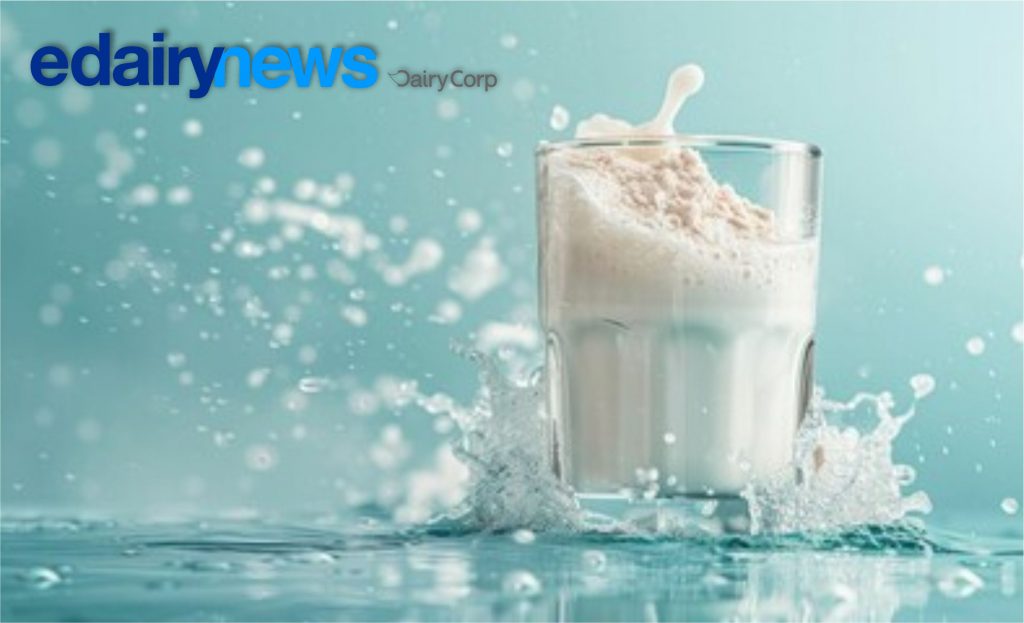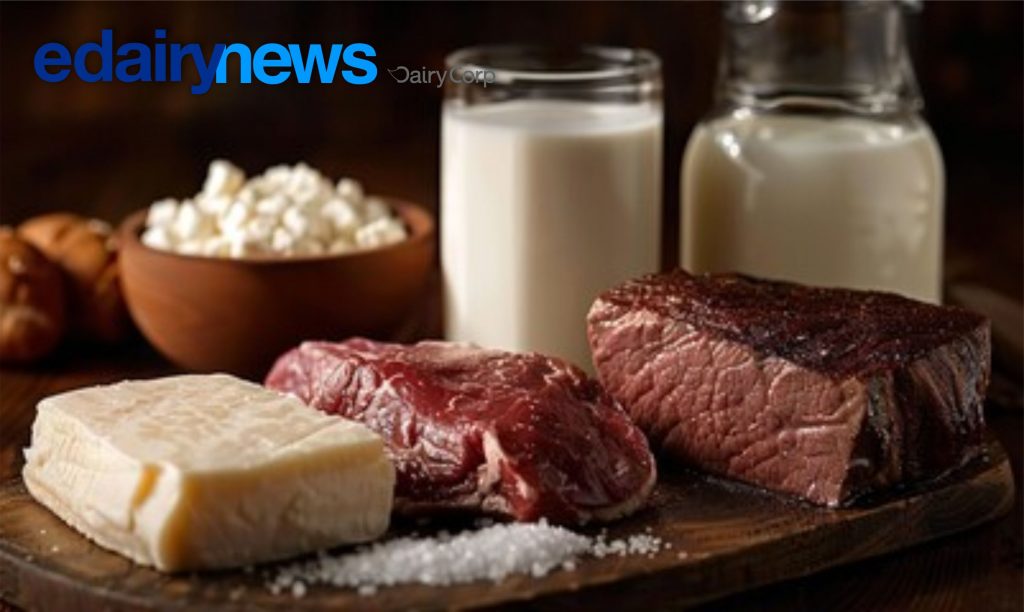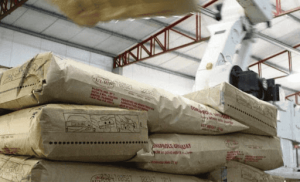That rebalancing includes several factors, Ben Laine, a Rabobank dairy analyst, told Capital Press.
In the U.S., retail dairy sales are still elevated but are moving toward normal. Foodservice demand is picking up, with some segments rebounding more than others. Milk production, which was down in May, is now back closer to on-trend growth. Other factors in the rebalancing include the economy and trade, he said.
“All of these factors are trying to find their way back to a new equilibrium,” he said.
And it’s happening worldwide, though a little differently in various regions, he said.
In the U.S., Rabobank expects domestic demand and consumer activity to get back to more normal by the second half of 2021.
Right now, things are looking pretty good for U.S. producers. Milk prices that dropped steeply quickly recovered, mostly due to government purchases. Producers also received direct payments from the Coronavirus Food Assistance Program, and another round is coming, he said.
“What looked like it was going to be a dire situation turned out much better than what was to be expected,” he said.
But relatively high pay prices and strong Class III prices send a signal to farmers to produce more milk, not hold back, he said.
“If some of these factors back off … then we could end up in a situation where we have too much milk,” he said.
Government purchases were a big factor in supporting markets this year, and those will likely be much less going forward — regardless of who wins the November election, he said.
And the elections cast a shadow of uncertainty on U.S. markets and imposes the volatility of the U.S. dollar and challenges for U.S. exporters, Rabobank analysts reported.
U.S. dairy exports this year have done surprisingly well. Rabobank had been concerned the pandemic would cause more disruption in logistics and that countries would shut down and need fewer imports, Laine said.
Strong imports might be due to some stockpiling for food security, and there could be a slowdown, he said.
Exports to China have been strong, particularly whey as the country rebuilds its swine herd. But the country is importing heifers, trying to boost its domestic milk production. Exports to Southeast Asia have also been strong, he said.
“That’s been another factor that’s helped support U.S. prices through this crisis,” he said.
Exports to Mexico have been down, however, and that country is a very important trade partner for the U.S., he said.
China and Southeast Asia have made up for those lost sales so far, but it remains to be seen whether that demand is sustainable, he said.
There’s going to be continued volatility, and there’s certainly more room for both upside and downside pressure, he said.
Rabobank is forecasting average milk prices of $16 per hundredweight for Class III for 2021 and between $13 and $14 for Class IV, he said.

![o país] tem que ter o seu território protegido, não somente em relação aos seus ecossistemas e meio ambiente, mas também com relação à produção agrícola](https://br.edairynews.com/wp-content/uploads/2024/09/1-120-300x183.jpg)









